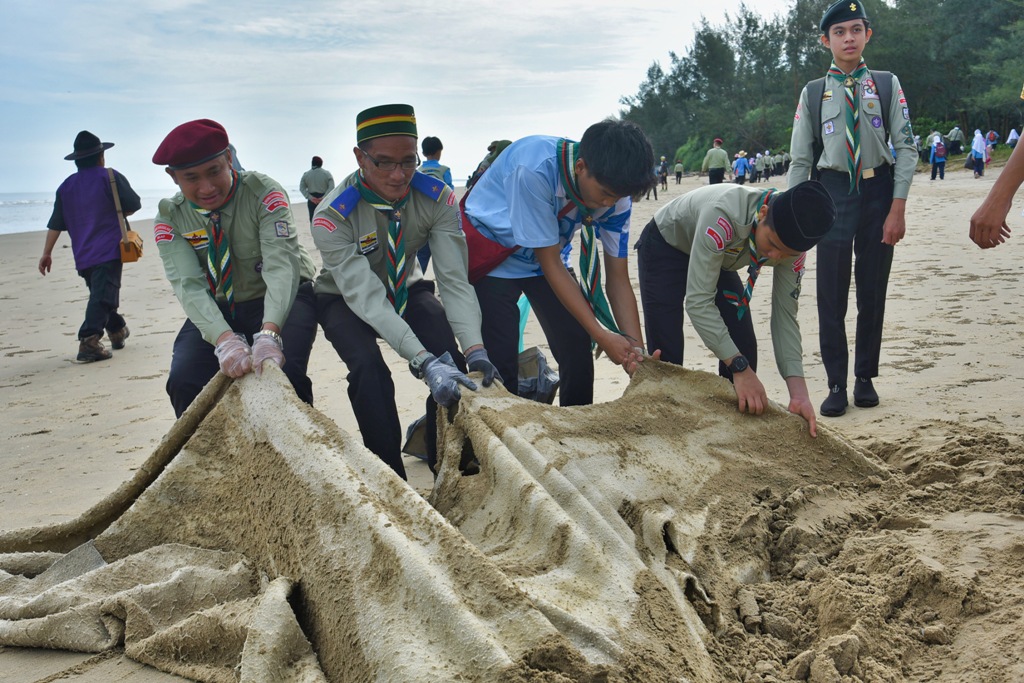This novel’s title would seem to be self-explanatory, but it isn’t. Only in the last 100 pages does the clash of ideas which produced the Tiananmen Square massacre in 1989 meet head on. Read this article for free: Already have an account? To continue reading, please subscribe: * This novel’s title would seem to be self-explanatory, but it isn’t.
Only in the last 100 pages does the clash of ideas which produced the Tiananmen Square massacre in 1989 meet head on. Read unlimited articles for free today: Already have an account? This novel’s title would seem to be self-explanatory, but it isn’t. Only in the last 100 pages does the clash of ideas which produced the Tiananmen Square massacre in 1989 meet head on.

That’s the term Western media outlets used — the Chinese government prefers to call it the June Fourth Incident. Written using the pseudonym Lai Wen, the author offers a coming-of-age novel, set in the 1970s, of a young girl in Beijing. The descriptions are sharp and would be recognized by anyone who grew up in the West.
The games, the friends, the sexual awakening, the cruelty that children inflict on each other, the disagreements and the emotional distance from their parents — it’s all in the pages of . Tiananmen Square The strongest, most memorable character in the book turns out to be Lai’s grandmother. Indeed the strongest writing opens the book with Lai’s memories of her.
“I remember the smell of her. Somewhere between the scent of jasmine and the more earthy odour of the leather oil she used, working up material to fashion slippers for neighbors on on our landing. “For I would often reach out for her face, running my tiny fingers across her thin grey eyebrows, playing with the thicker hairs that sprouted from her chin and which for some reason always delighted me.
Sometimes I would pull on them and my grandmother would sneeze involuntarily.” A woman who defied the foot-binding dictates of her time, Lai’s grandmother was shipped to Beijing to avoid the advancing Japanese soldiers during the Second World War, and made the best of an arranged marriage. When we meet her she is living in an apartment with her resentful daughter’s family, including her beloved granddaughter Lai.
Lai’s mother is a gossiping social climber, angry at her defeated husband who was broken by the Red Guards during the Cultural Revolution in China in the 1960s. Monday mornings The latest local business news and a lookahead to the coming week. Lai only comes to understand her silent, withdrawn father after he takes her to a large jagged wall one night where people gather quietly to read letters and accounts stuck to the wall remembering the Cultural Revolution, with its widespread denunciation of anything deemed bourgeois or capitalist.
He shows her a poem he wrote while in captivity: “ I am not a writer, my words are awkward/ Lonely rather than beautiful/ In the dark, everything is lost./ But it is there where I see my daughter’s face.” When Lai visits the wall later in the novel, she finds it has been knocked down and turned into rubble, similar to what the artist Ai Weiwei faced more recently when the Chinese government destroyed his artist studio.
Only he took the rubble and turned it into a work of art. is not a bonafide work of art, but it is an engaging way of understanding what happened and why on June 4, 1989. readers will understand why the author of used a pseudonym to avoid undue attention from the Chinese authorities, and why the book’s dedication reads, “For all the children of the revolution.
” HarperCollins, 528 pages, $26 Advertisement Advertisement.



















